What is DNA Day? Why do we celebrate it? Learn more about what DNA Day recognizes in history and how we commemorate it.
By: Jeremy Balkin
April is a big month. Aside from the obvious milestones everybody already knows – my son’s birthday and National Laundry Day – it’s also the month when the two arguably biggest DNA milestones were achieved, exactly 50 years apart from each other: the first description of DNA as a double helix and the virtual completion of the ambitious Human Genome Project.
In 2003, in a move most have described as impossible, both the US Senate and House of Representatives agreed on something: to make April “National Genome Month” and, more specifically, April 25 “DNA Day.”
My History with DNA
This is my 12th year celebrating this day. Before 2012, my knowledge of genetics came from the film Jurassic Park and the Michael Keaton masterpiece, Multiplicity. Today, my knowledge is still very much based on these two centerpieces of educational cinema.
In all seriousness, DNA Day means a whole lot to me personally, as I see and encounter the drastic effect genetics (and genetic testing) has on individuals’ lives every day. I am very fortunate to have grown up knowing my genetic parents and family.
Although very recently family drama has arisen after genetic testing revealed that my great grandfather wasn’t at all who he said he was, I would rather have this knowledge now.
The Impact of DNA testing
A whole lot of people have had significant, life changing breakthroughs through testing. Families reunite after generations. Adoptees find biological families. Great grandfathers are found to be people with completely different names than they presented themselves as and also to have had three separate families. That last one may or may not be specific to my family.
The best part of my job is receiving calls from customers who just want to tell us how our testing (or testing in general) has helped them find their family. These calls sometimes involve tears, and usually they are tears of joy.
Even putting life-changing genealogical revelations aside, DNA has been instrumental in technological and scientific advancements over the past several generations. It has become a staple in forensic testing among law enforcement. Heartbreaking stories seem to pop up frequently of people who have been incarcerated for years, only to be exonerated by genetics. Perpetrators of crimes have been identified.
People’s predisposition to illness and disease has been found, helping millions plan more effectively for their futures. My son now knows the breed makeup of his cats. The applications are practically endless.
The Future of DNA
As we enter the next chapter of DNA, and more specifically, the next chapter in conjunction of DNA with technology and genealogy, it is really hard to know exactly where we will be in the near future. Since we started in the year 2000, the discoveries, the amount of data one gets when they test, and our database itself have grown at an exponential rate.
What was once seen as groundbreaking testing is now archaic. What was once seen as impossible is now commonplace. The sheer ability to map out the amount of data in one Big Y-700 test is something nobody saw as being able to happen so quickly, if at all.
I recently wrote a blog post about genetics pioneers Florence Bell and Rosalind Franklin. It is on this day that we recognize not just the heavy hitters that get the name recognition (Watson and Crick), but everyone involved in the early days of genetic discoveries that led to the detection of what is now known as the double helix.
Without these developments, more innocent people would still be locked up, more families would be forever separated, and my son would never know the breed makeup of his cats.



